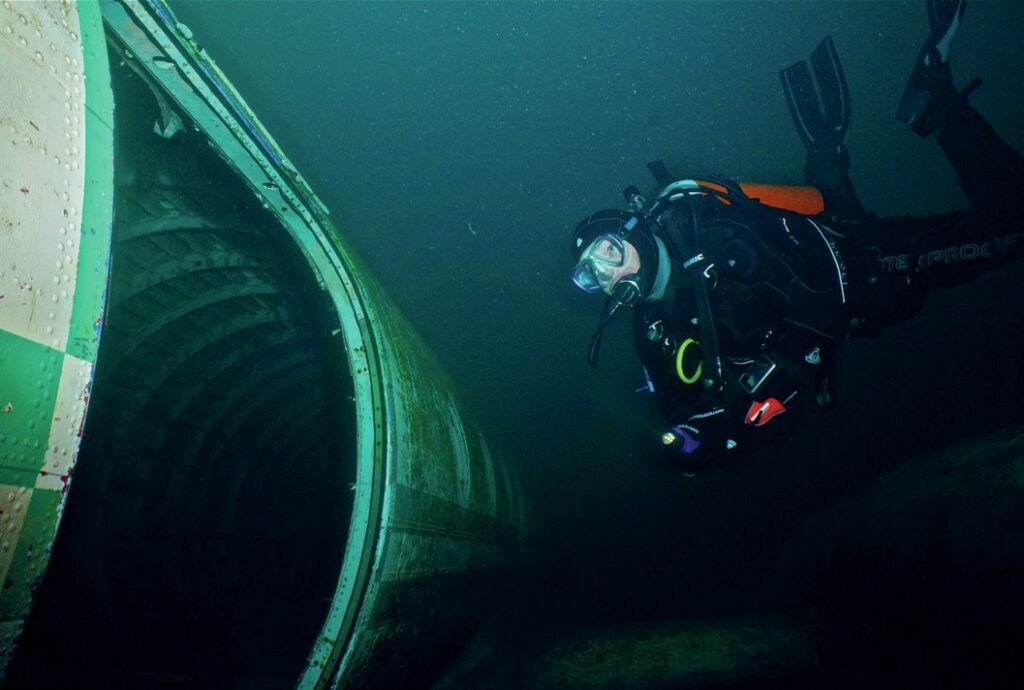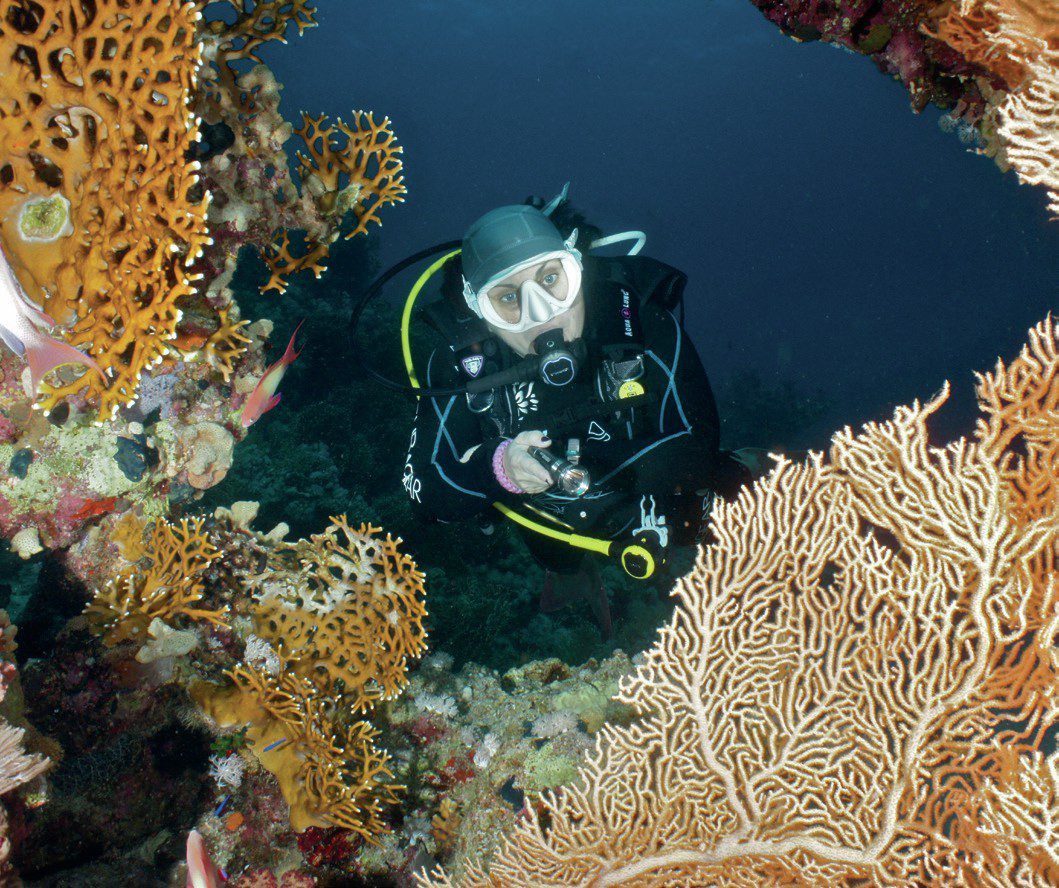An emergency action plan, or EAP, is vital in dive planning and dive safety. A basic EAP outlines the steps that responders should take in an emergency. Having a personal EAP helps divers plan, respond, and be vigilant to the possibility of dive emergencies.
Diving has inherent risks and dangers, and trouble can arise for various reasons – poor fitness, anxiety, gear trouble, hazardous marine life, weather or sea conditions, and more. Your EAP is only as good as the information it contains, its scope, the available equipment, and the people who implement it.
An EAP can evolve as more information is gathered about the dive and its location, so the following factors should be considered both before and after you reach your dive destination: quality of local medical care, possible communication difficulties, local law enforcement, the proximity of your home country’s diplomatic services, and local diving practices. If you are unsure about the safety procedures your dive operator is using, ask! Before proceeding, be sure their answers to your questions make you feel confident and at ease. If their answers are unsatisfactory or cause concern, consider a different operator.
When diving from a boat (especially a liveaboard), be aware of the risk of fire and the plan in place to deal with one. Get a sense of the general condition of the boat, and identify fire escape routes, the locations of flammable materials, muster points, and the preparedness of the crew.
When you travel, bring the essentials, including spare cash, a back-up credit card, copies of any relevant documents, a first aid kit, the DAN Emergency Hotline number (+1-919-684-9111), and contact information of the people you travel with in case of in case you need to contact their family or become separated during the trip. Also be aware of what your insurance covers and the benefits it offers, as this will aid you in determining the best course of action if treatment or extended medical care is required.

Divers Alert Network offers an e-learning course on emergency action planning at DiverELearning, and the course provides a template you can use to ensure all aspects of the EAP are addressed. The course covers the essential elements of the EAP, as well as pertinent things to consider during your next diving adventure.
Creating a personal EAP is a vital part of the dive planning process, and while ideally you’ll never use yours, it can provide a sense of preparedness and safety. DCS and other dive-related accidents and injuries are time sensitive and aren’t deterred by geography or time zone. Fortunately, DAN isn’t either. Backed by decades of experience and a dedicated group of professionals providing a global, 24/7 emergency hotline, DAN is there for you, and calling DAN is an important part of any diving EAP.
This article was originally published in Scuba Diver North America US #11.
Subscribe digitally and read more great stories like this from anywhere in the world in a mobile-friendly format. Link to the article








